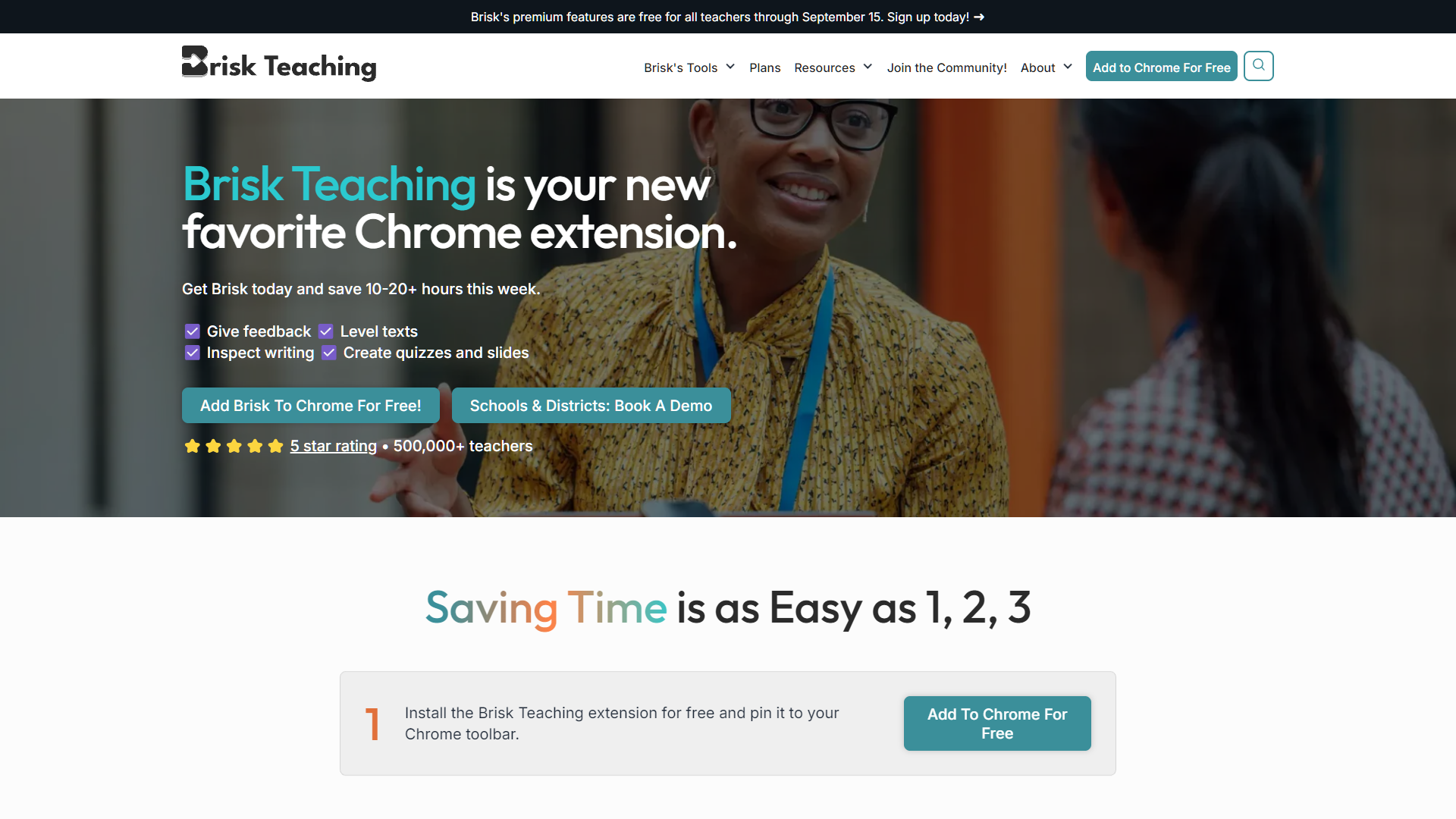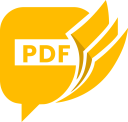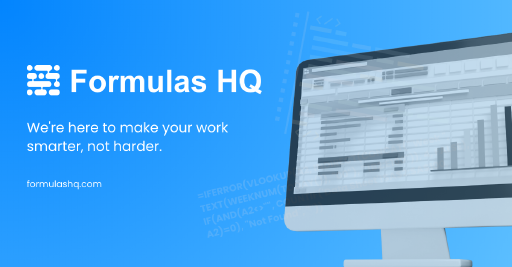Overview
Brisk Teaching's Chrome extension is a comprehensive toolkit designed to revolutionize the way educators interact with digital content and manage classroom tasks. This premium toolset, free until September 15, equips teachers with over 30 innovative features, enabling them to provide personalized feedback, level texts, inspect student writing, and effortlessly create quizzes and slides. The extension integrates seamlessly across various platforms including Google Docs, Slides, YouTube, and more, ensuring tools are readily accessible right where educators need them.
Key functionalities of Brisk Teaching include an AI-driven presentation maker, a quiz generator, and an advanced writing inspection tool that offers deep insights into students' work. The platform also supports educators with specialized feedback tools such as rubric criteria, feedback insights, and actionable next steps, all designed to enhance the educational process. Additionally, Brisk Teaching aids in the creation of AI-curated curriculum and lesson plans, further simplifying content development.
Trusted by over 300,000 educators, Brisk Teaching is celebrated for its ability to significantly reduce workload while improving teaching quality. The platform prioritizes data privacy and security, ensuring a safe environment for both teachers and students. By joining the Brisk community, educators gain access to a wealth of professional development resources and continuous updates on new tools and features, making it an invaluable asset for modern teaching.
Key features
- Targeted feedback generator: Automatically generates personalized feedback based on student submissions, enhancing the quality and relevance of teacher responses.
- AI presentation maker: Creates engaging and informative presentations automatically, saving teachers time and effort in lesson preparation.
- AI quiz maker: Designs customized quizzes using AI, ensuring they are tailored to the lesson content and student learning levels.
- Inspect writing tool: Provides detailed analysis of student writing, offering insights into grammar, style, and content for improved academic performance.
- Feedback enhancement tools: Includes rubric criteria feedback and next steps suggestions to help teachers provide comprehensive and constructive feedback.
- AI-driven curriculum development: Streamlines the creation of lesson plans, quizzes, and educational resources, aligning with curriculum standards and educational goals.
 Pros
Pros
- Real-time collaboration: Enables multiple educators to work simultaneously on lesson plans and materials, fostering teamwork and idea exchange.
- Progress tracking dashboard: Offers a visual representation of student progress and performance, helping teachers identify areas needing attention.
- Interactive content integration: Allows the incorporation of multimedia elements like videos and interactive simulations to enhance learning engagement.
- Automated grading system: Speeds up the grading process with accurate, AI-driven assessments, freeing teachers to focus more on instruction.
- Customizable learning paths: Adapts course content to meet diverse student needs and learning styles, promoting personalized education.
 Cons
Cons
- Over-reliance on technology: Teachers may become too dependent on AI tools, potentially diminishing their skills in lesson planning and personalized feedback.
- Lack of human touch: AI-generated feedback and presentations might lack the personal nuances and empathy that come from a human teacher.
- Potential for uniformity: AI tools might create quizzes and presentations that lack variety, leading to a monotonous learning experience for students.
- Privacy concerns: Using AI tools for analyzing student work and generating curriculum could raise issues regarding data privacy and security.
- Technical glitches: Dependence on AI tools can lead to disruptions in teaching and learning processes due to potential technical failures or bugs.
















